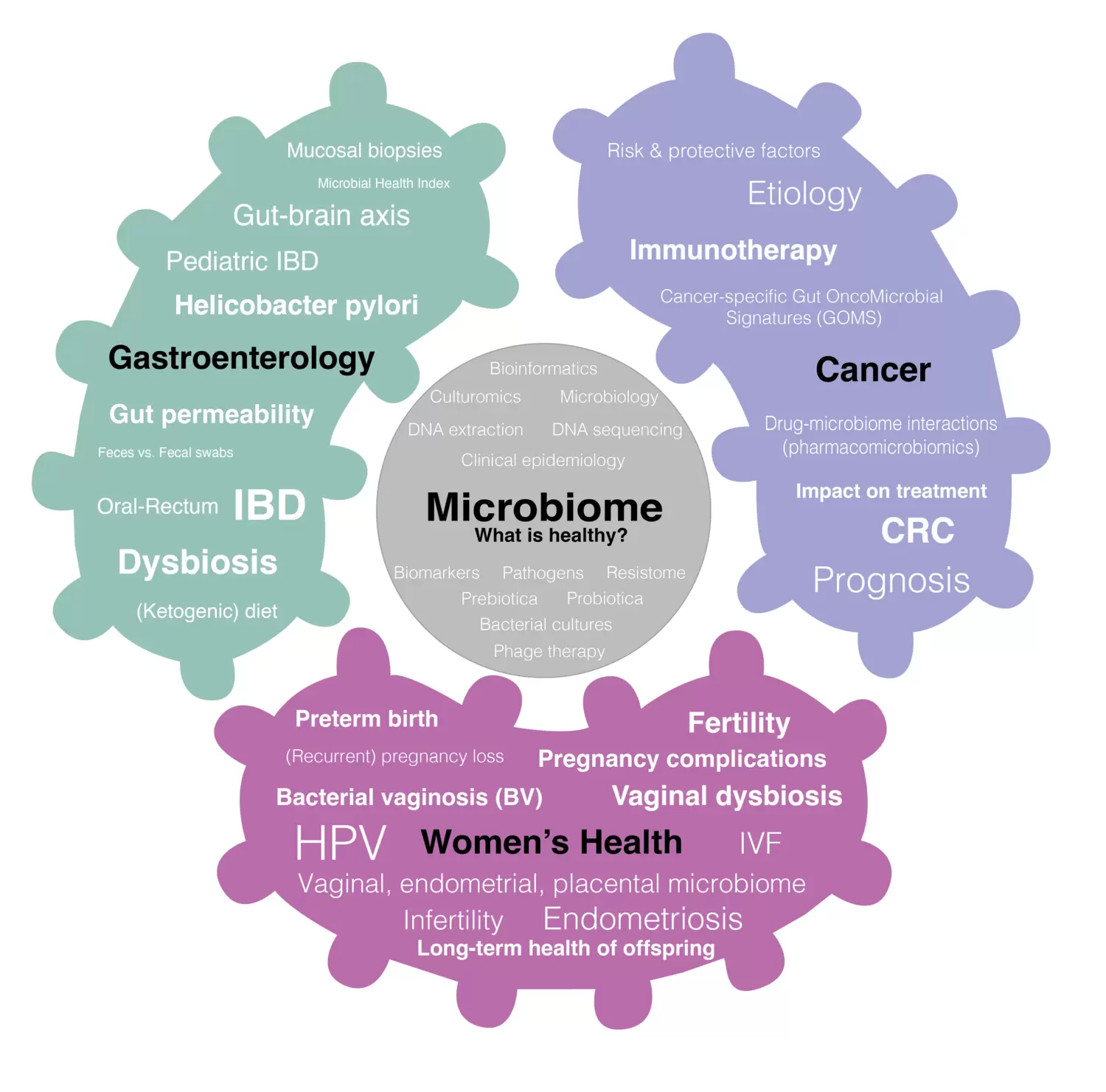About CTMR

Scientific Background and Goals
We are just beginning to understand the impact of the microbiome and it is clear that it is profound. The human genome contains approximately 20 000 genes, whereas the microbiome contains around 10 million unique genes. This organ also evolves over time, with a stepwise succession of microorganisms and with increasingly complex communities linked with the hormonal, metabolic and immune systems of the host. Certain microbial species help digest food and synthesize vitamins, while others guide the immune system. Different properties of the microbiome have been linked to weight gain, inflammatory bowel disease, cancer, preterm birth and other pregnancy complications, rheumatoid arthritis, and eczema. Infant health even appears to benefit from a proper seeding of microbes at birth, with health consequences ranging into adolescence. Therefore, manipulating the microbiome composition is a potential strategy to prevent the outcome of many diseases.
Up to 20 percent of the small molecules in our bloodstream appear to be synthesized by small-molecule biosynthetic gene clusters in genomes of human-associated bacteria. Bacterial production of drug-like molecules with unknown function in the human microbiome provides a template for future experimental efforts to discover biologically active small molecules and a potential for novel therapeutic discoveries. The potential of microbiome-based therapies, and the broad and rapidly expanding scope of research has led to the birth of a new medical and technological field including new therapeutics and diagnostics for human health. Thus, the microbiome will provide some of the most important medical breakthroughs of our era. CTMR aims to explore the gut, oral and vaginal microbiome in the healthy population to define dysbiotic, disease-associated microbial profiles with the goal to provide therapies or lifestyle interventions to restore normal composition and function.

